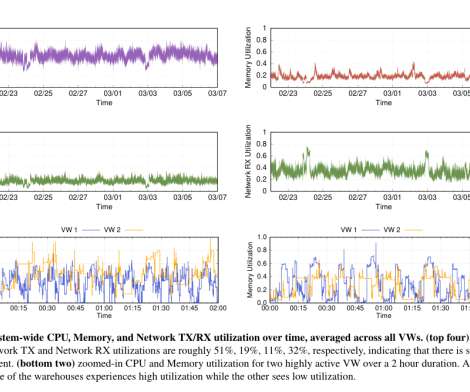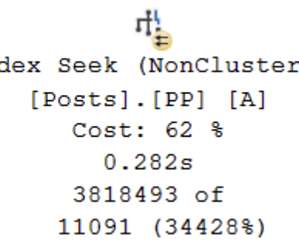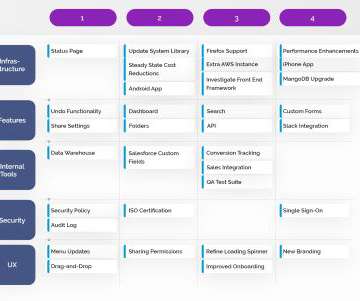AWS serverless services: Exploring your options
Dynatrace
OCTOBER 7, 2021
To get a better understanding of AWS serverless, we’ll first explore the basics of serverless architectures, review AWS serverless offerings, and explore common use cases. Serverless architecture: A primer. Serverless architecture shifts application hosting functions away from local servers onto those managed by providers.








































Let's personalize your content